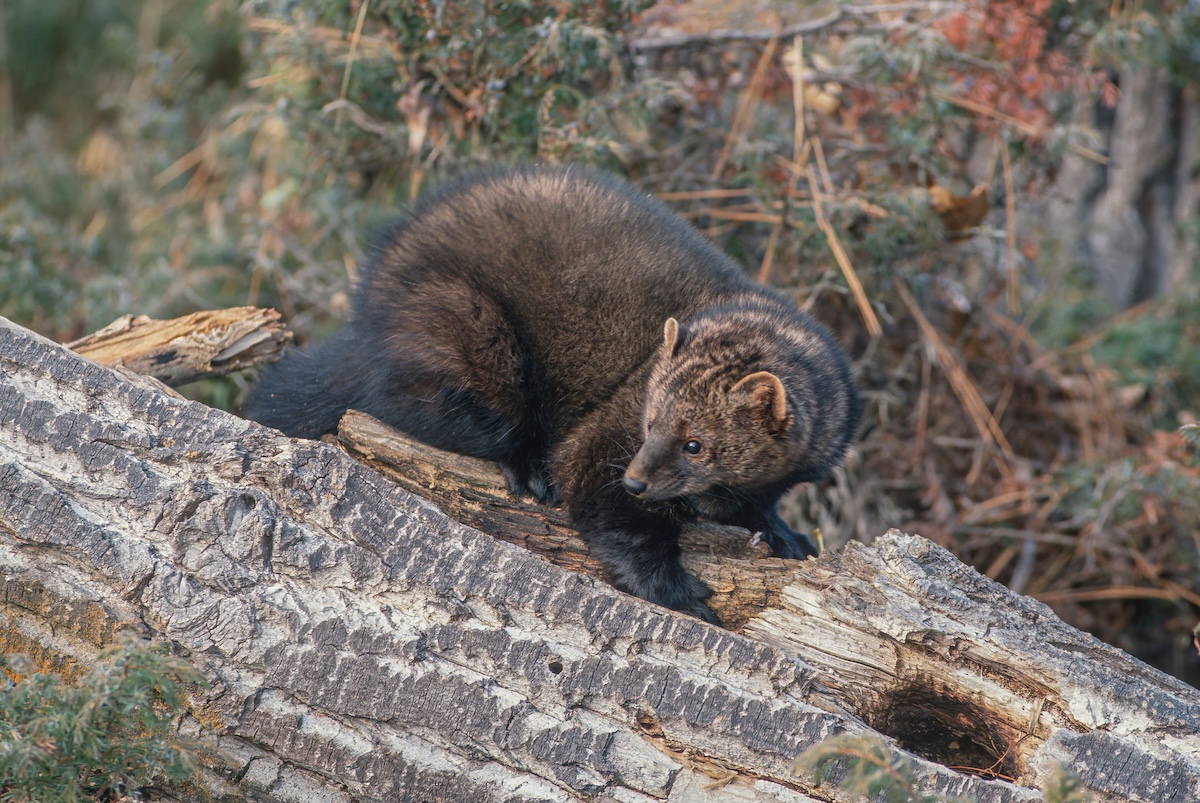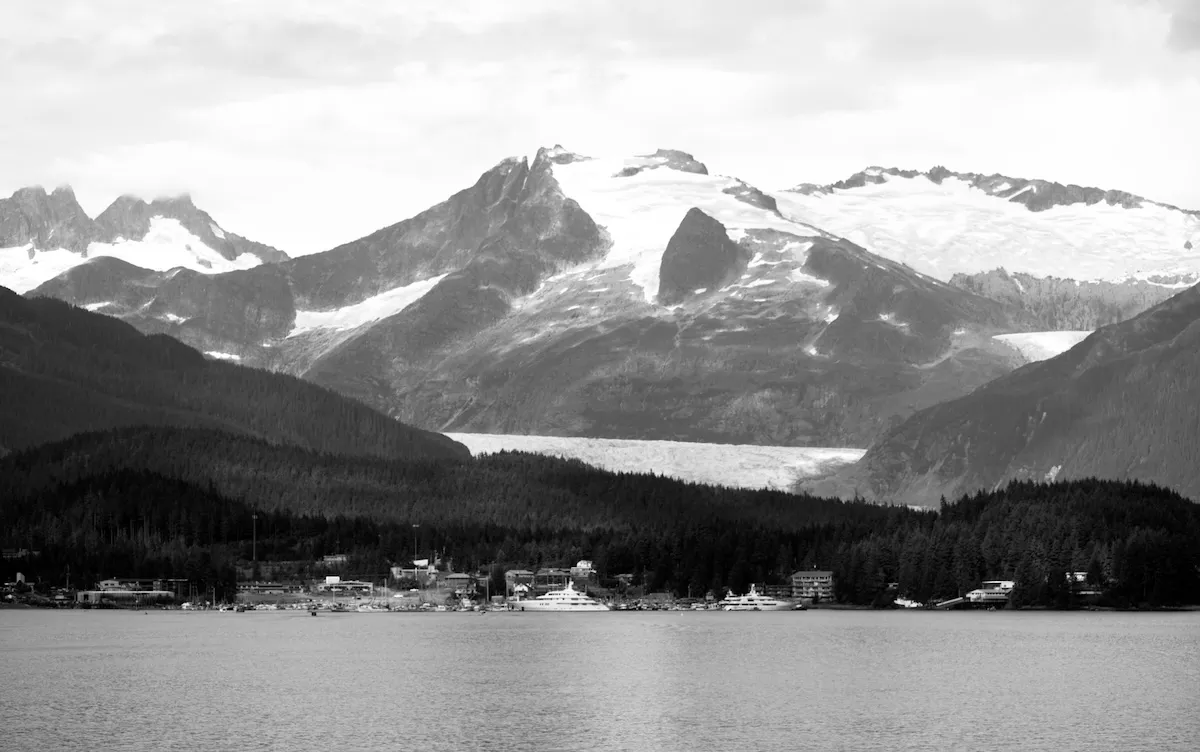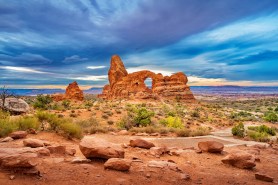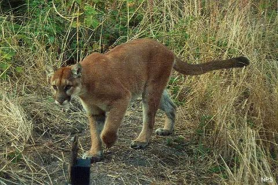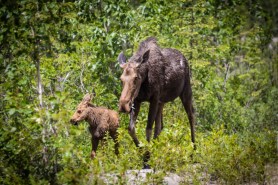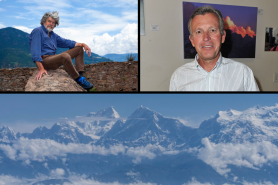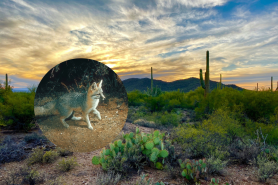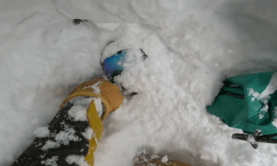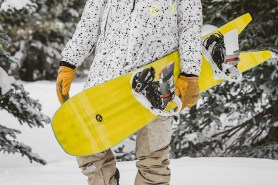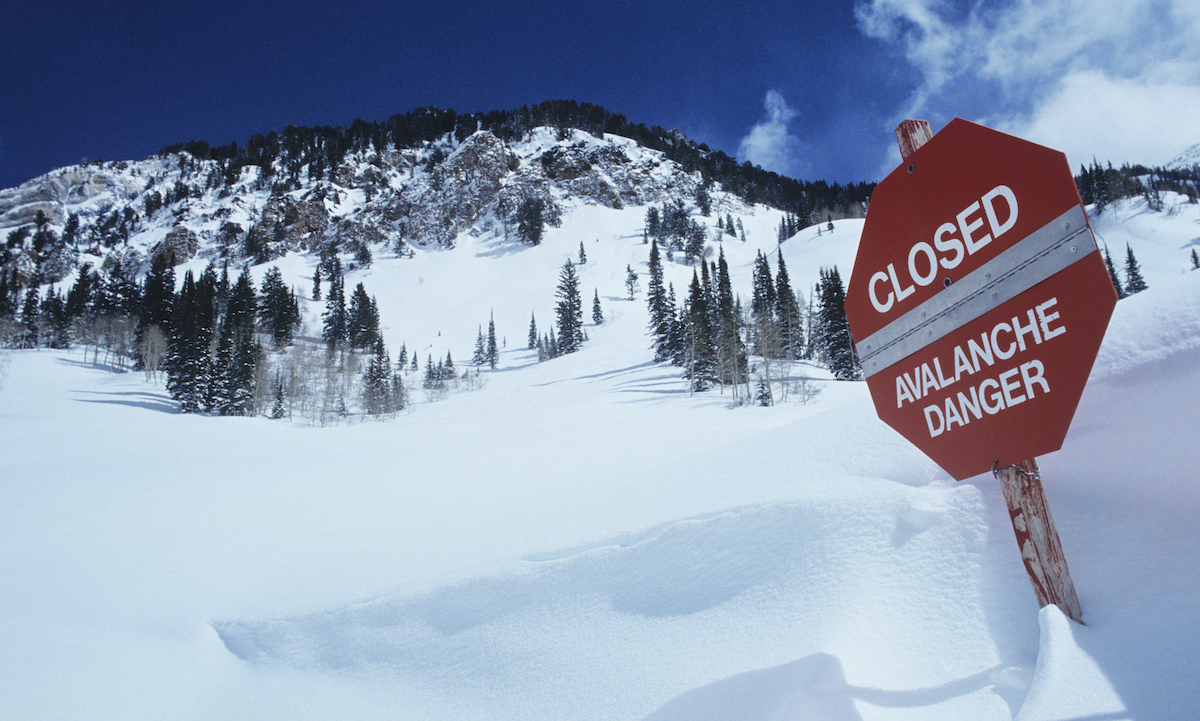

Just last week, two backcountry tourers narrowly escaped an avalanche on Mt. Washington. A few days later, a 46-year-old skier was killed by an avalanche in Deschutes County, Oregon. His death brought this season’s avalanche fatality count to 14, shocking the local community and leaving many to wonder: Are deadly avalanches are getting more frequent?
Videos by Outdoors
While 14 is well below the typical U.S. average—which is 24 avalanche fatalities per year—the casualty count doesn’t tell the full story. Some evidence suggests that deadly avalanches are indeed occurring more often, even if humans aren’t always in them. This past December, parts of Colorado set new avalanche records, reports The Post Independent. Snow scientists counted more than 300 potentially deadly avalanches, 27 of which were triggered by humans. That’s more than has ever been counted that early in the season.
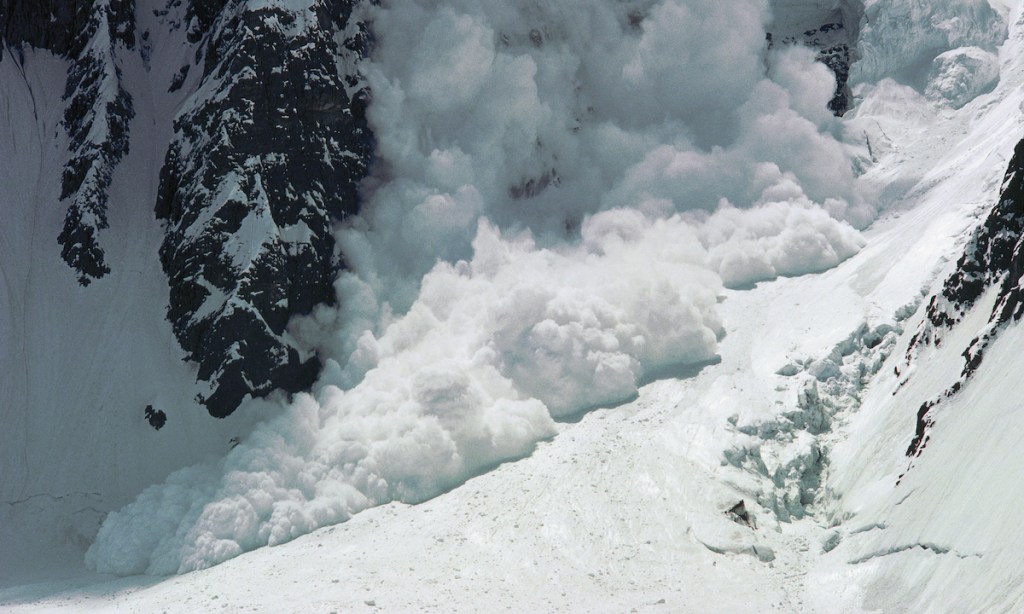
Overall death tolls may also be increasing. In the winter of 2020/21, the nation experienced more avalanche-related deaths than in any other year in recorded history. There were 37 American avalanche fatalities that winter, according to data from the Colorado Avalanche Information Center (CAIC). That may be enough to bring up the average.
So, is backcountry skiing getting more deadly? Some experts think so. What’s more, they expect that trend to worsen as the planet warms.
The climate crisis has been proven to cause an increase in extreme weather events. Phenomena like blizzards, strong atmospheric rivers and “Arctic blasts,” could all become more frequent in the coming years. As a result, we could start seeing heavier snowstorms interspersed with warmer intervals. These kinds of melt-freeze cycles can create distinct layers in the snowpack, which make avalanches particularly likely.
The warmer temperatures could also increase the number of “wet slides,” reports ABC News. Wet slides are particularly destructive avalanches made of heavy, wet snow. They’re more likely to be catastrophic in scale and can cause more deaths than drier, more powdery slides.
The other problem with global warming is that it shortens winters and leaves recreationists with less skiable terrain. That compresses more people into fewer ski slopes, which could make backcountry mass-casualty events more likely, speculates ABC News.
Right now, nearly all avalanche fatalities happen to backcountry skiers and snowboarders, though neither snowmobilers nor ice climbers are immune. If you haven’t taken an avalanche safety course (or you see anything other than green on the avalanche forecast) stick to the resort. And when you do hit the backcountry, be sure to ski in a group, bring the appropriate safety gear—and make sure every one of your friends knows how to use a shovel.
